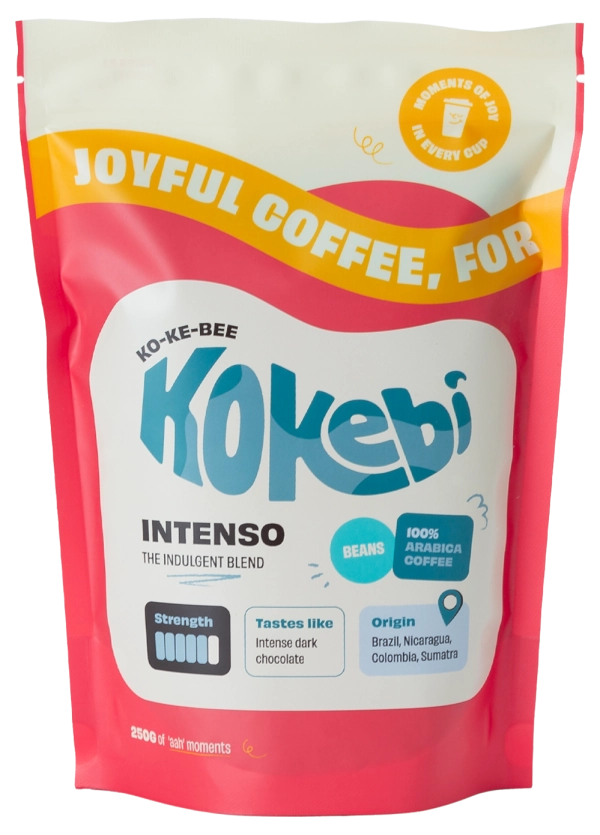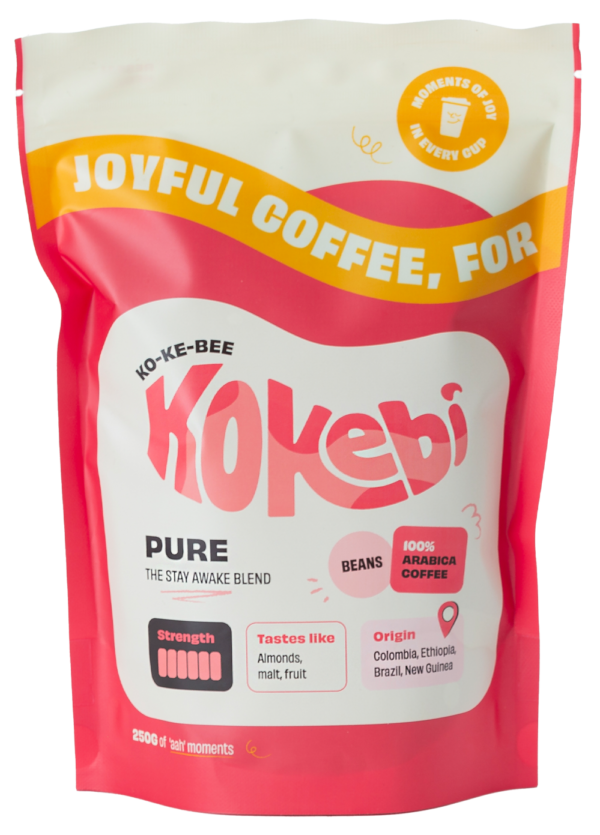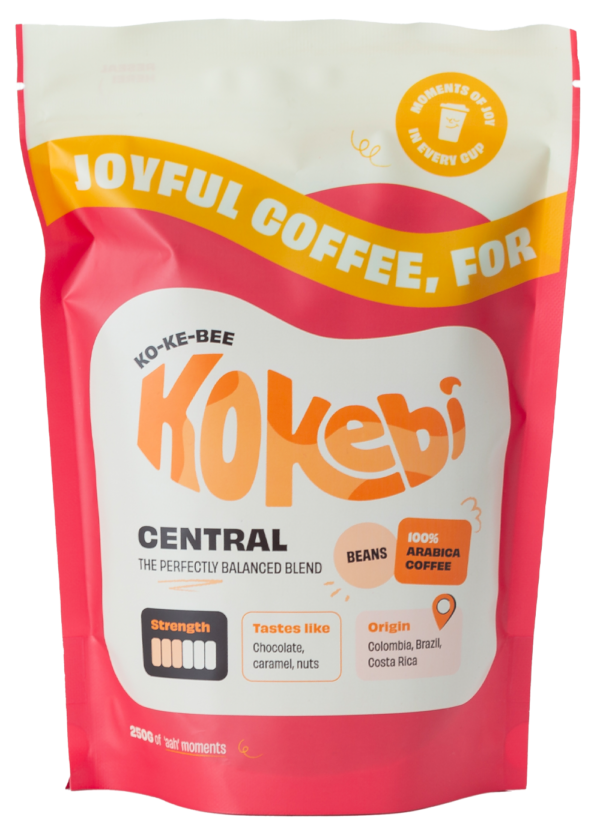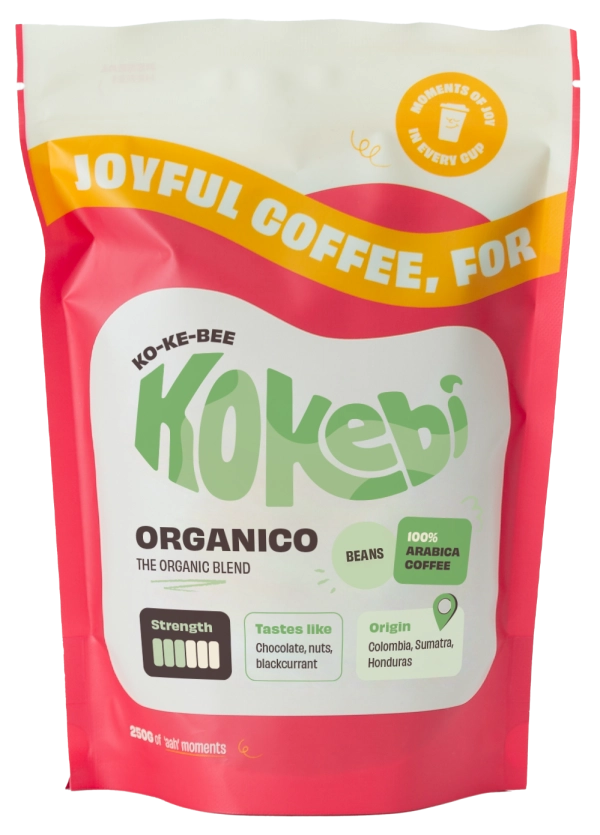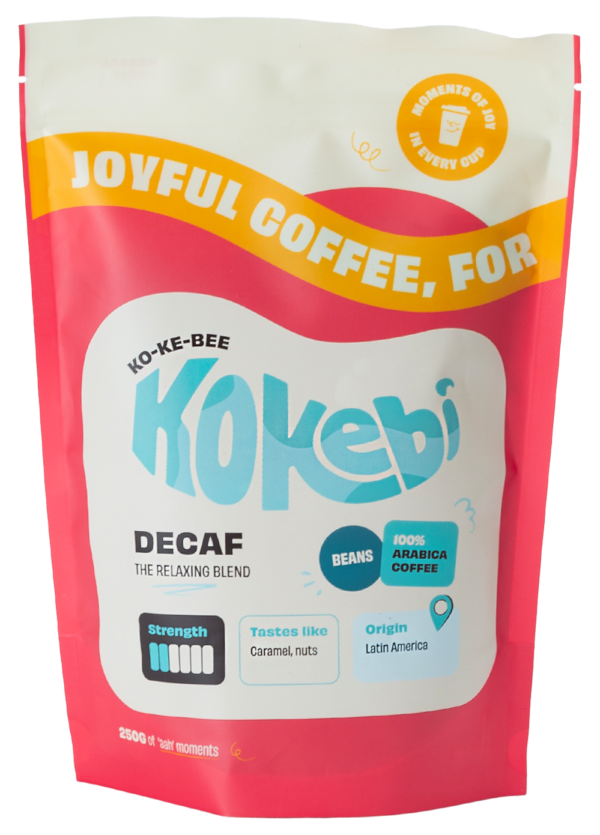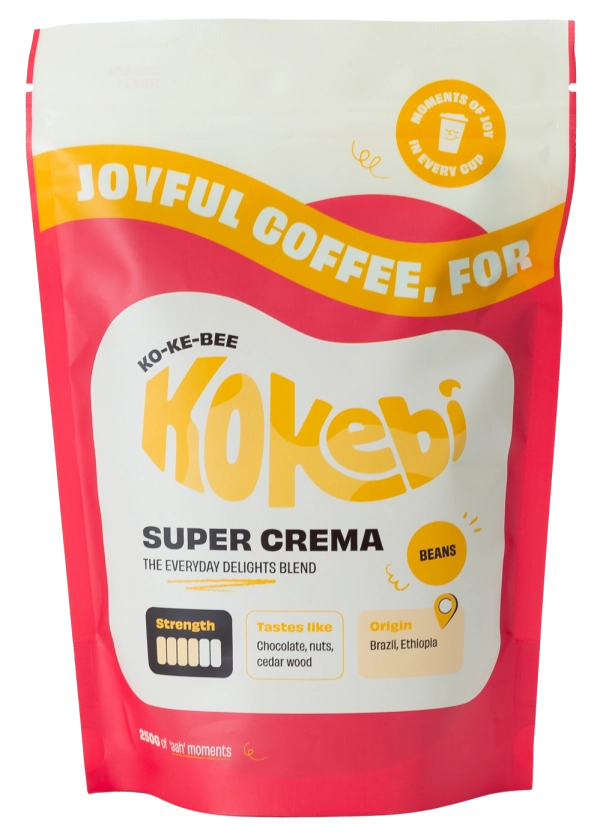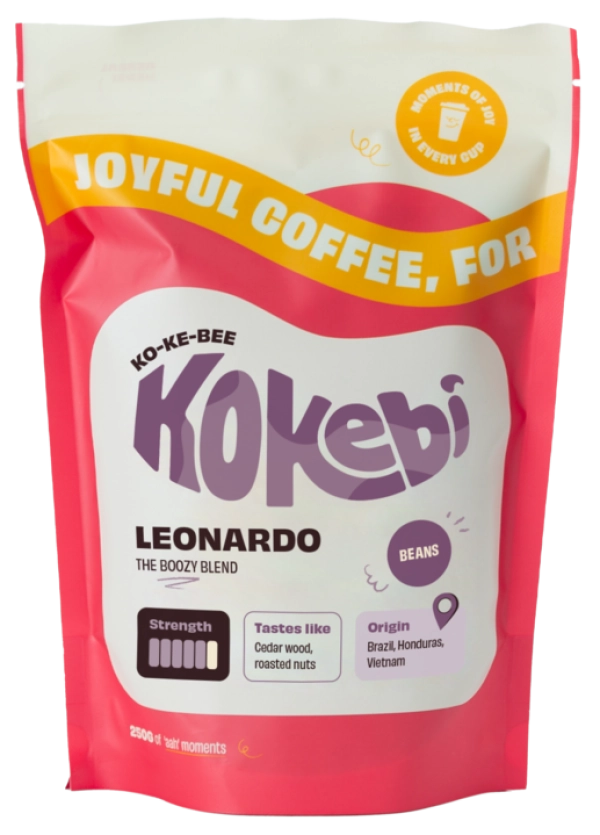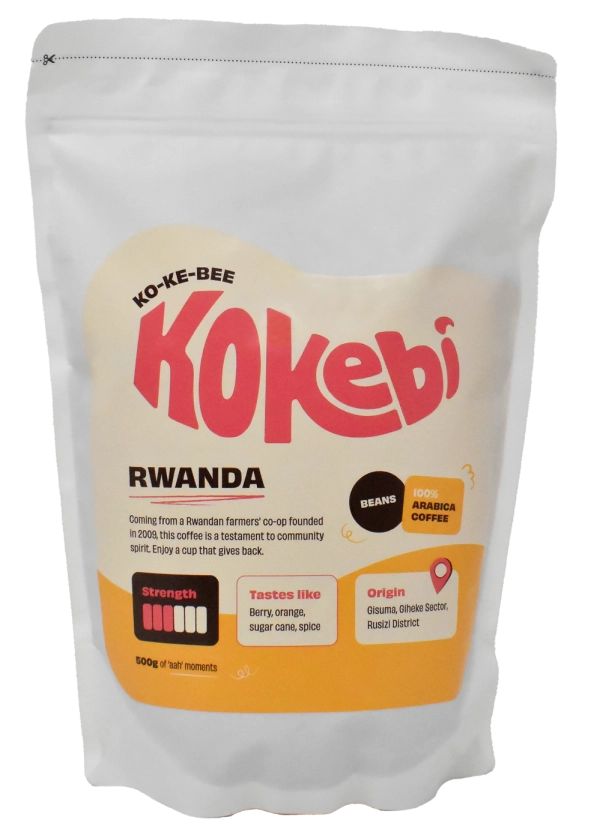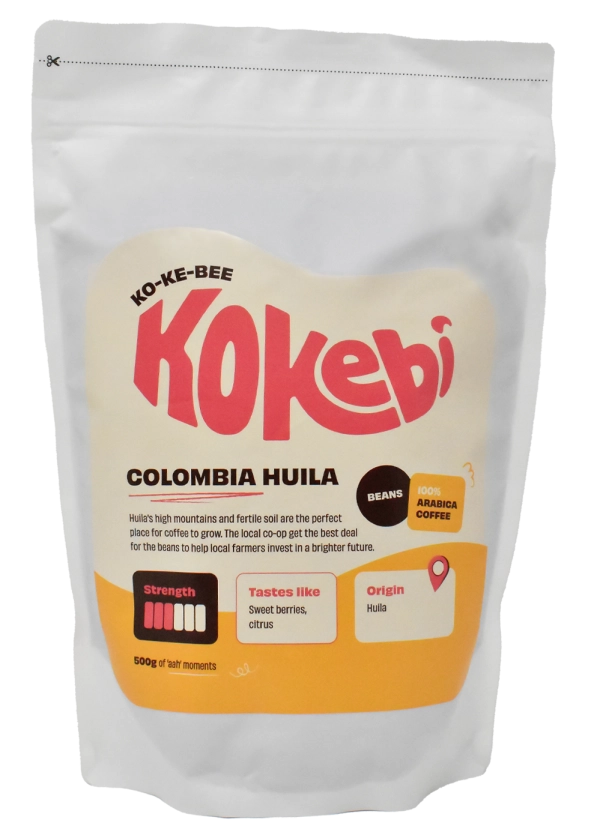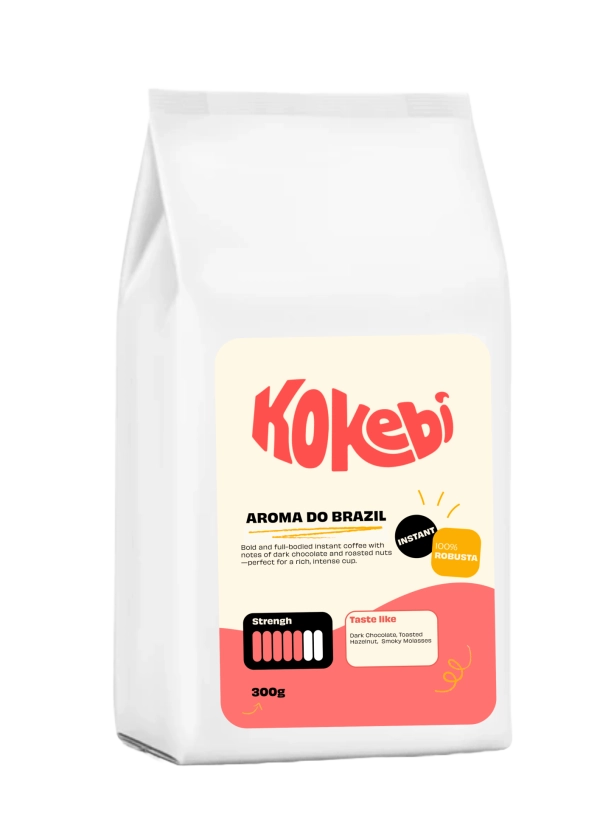A good guide is 60g of coffee per litre of water (about 8–10 cups). Adjust to taste if you prefer stronger or lighter coffee
We recommend Intenso, Central, Super Crema.
Espresso machine → Fine grind
Filter coffee → Medium grind
Cafetière/French press → Coarse grind
For the freshest cup, store your coffee in a cool, dry place away from direct sunlight, heat, and moisture. Ideally, keep it at room temperature (15–25°C / 59–77°F) in an airtight container.
Avoid:
Fridges and freezers → the frequent changes in temperature can cause condensation, which harms the flavour.
Clear containers → light exposure can make coffee go stale faster. Use opaque or dark containers.
Storing near ovens or radiators → heat speeds up ageing of the beans.
If you buy in larger bags (like 1kg), it’s best to decant smaller amounts into a container for everyday use and keep the rest sealed tightly in its original bag.
Yes! The two main types of beans are Arabica and Robusta.
Kokebi Coffee uses Arabica beans: a denser, more aromatic, smoother and all-around premium bean. In other words, it’s the queen of beans.
Our Arabica beans grow at higher altitudes and are shade-grown. This means they’re not under direct sunlight and are grown under a canopy of trees, creating a more biodiverse environment. This is a really good thing for wildlife, plants and people!
Our beans come from South America, Central America, Africa and Indonesia. Specifically, we buy beans from certified Organic and Fairtrade farming cooperatives in Peru, Colombia, Sumatra, East Timor, Uganda, Guatemala, Nicaragua, Mexico, Honduras and Ethiopia.
Beans stay fresher for longer, and so your coffee should taste better, too. As soon as green coffee beans are roasted, they start to release CO2, which affects the taste. They will oxidise and slowly start to go 'stale' and have a flat taste after a while. When coffee is ground, there is a higher surface area which is exposed to oxygen and that will cause them to lose their freshness faster, so it's best to keep coffee beans whole as close to brewing as possible. Treat your coffee beans similarly to potatoes: store them in a dark, dry place. It's best they are kept in a container or the bag they come in to stop oxygen and moisture getting in.
Coffee oils are naturally brought out during the roasting process. The darker the roast, the more likely the beans are to release their oils. Why? They’re exposed to higher temperatures which brings more natural oils to the surface. That’s why more oils can be seen on medium and dark roasts.
Kokebi Coffee uses the Swiss Water Process to decaffeinate the beans. This is a chemical-free process that uses only water, temperature, and time to gently remove 99.9% of the caffeine.
A cappuccino is traditionally prepared with equal parts double espresso, steamed milk, and steamed milk foam on top.
Prepare an espresso and pour the steamed milk into your cup. The proportions are about: 1/3 espresso and 2/3 milk.
LATTE
Ratio milk and coffee: 1/3 espresso: double shot, 2/3 steamed milk (170 – 225 ml), 1 cm foam. Serve in a cup/glass of 240 ml
CAPPUCCINO
Ratio milk and coffee: 1/3 espresso, 1/3 steamed milk, 1/3 frothed milk or micro foam. Served in a cup of 150 - 180 ml
FLAT WHITE
Ratio milk and coffee: Double shot of espresso, 2/3 steamed milk (with ideally micro foam). Served in a cup of 150 ml
The best way to grind coffee beans is to use a burr grinder. It will grind your coffee beans evenly, as coarse or as fine as you'd like. The best burr grinders have multiple speeds; the lower speed is best so that no added heat is generated. If you don't have a grinder, use a blender.
